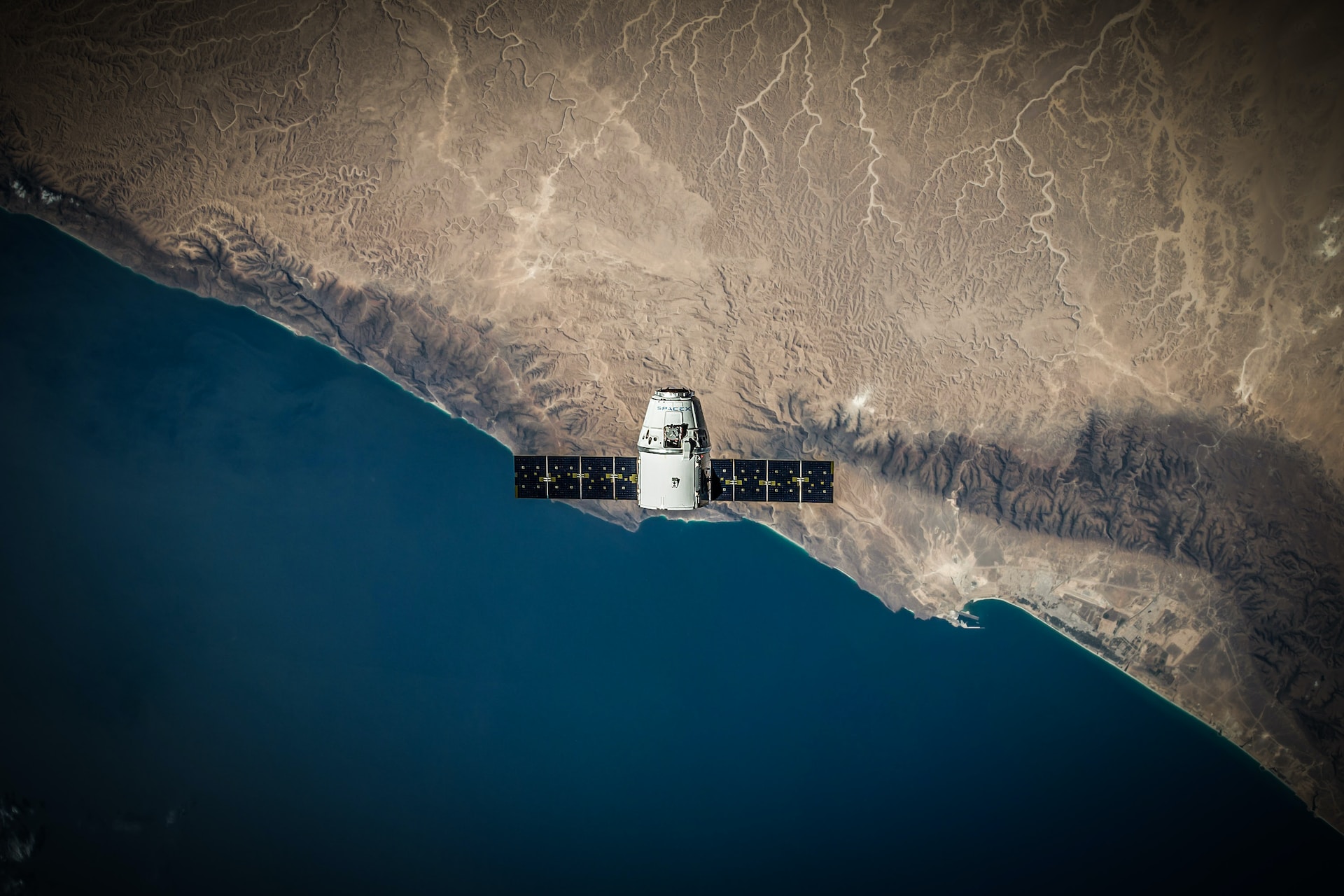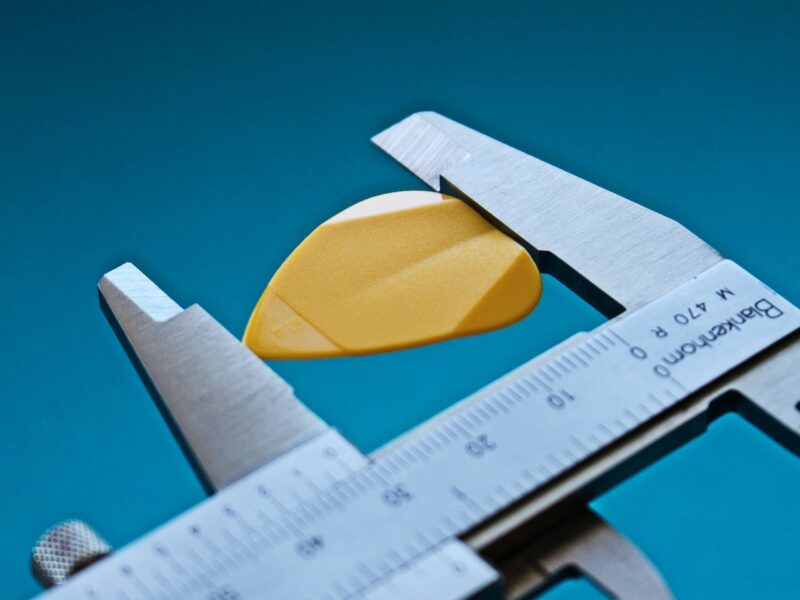Unit conversions play a crucial role in the field of space exploration and astronomy, where precision and accuracy are paramount. The vastness of the cosmos, the complexities of spacecraft, and international collaboration necessitate the use of standardized units of measurement and the ability to convert between them. In this article, we will delve into the significance of unit conversions in space missions and astronomy.
- Universal Language for International Collaboration:
Space missions often involve international cooperation. Standardized units, such as those in the Metric system, provide a universal language for scientists, engineers, and astronauts from different countries. This enables seamless collaboration and data sharing.
- Distance and Size Measurements:
The enormity of space requires astronomers and space agencies to measure distances and sizes on cosmic scales. Converting between units such as kilometers and astronomical units (AU) allows for more manageable descriptions of distances, especially in our solar system.
- Time Measurements and Celestial Events:
Astronomical observations often involve precise time measurements. Converting between seconds, minutes, hours, and sidereal time is crucial for scheduling observations, predicting celestial events, and coordinating with Earth-based observatories.
- Spacecraft Navigation and Propulsion:
Spacecraft navigation and propulsion systems require precise unit conversions. For instance, thrust may be measured in Newtons, and velocity may be in meters per second. Ensuring these measurements are compatible is vital for successful space missions.
- Planetary and Lunar Exploration:
Spacecraft sent to other celestial bodies need to communicate data in Earth-standard units. Converting measurements between kilometers, meters, and other units ensures that scientists and engineers can analyze and interpret the data effectively.
- Telescopes and Optical Instruments:
Astronomical observations often rely on telescopes and optical instruments. Converting units for measuring wavelengths, magnifications, and angular sizes ensures accurate data interpretation and telescope settings.
- Data Analysis and Scientific Research:
Researchers in space science use standardized units for data analysis. Converting measurements from one unit to another, such as converting from kilometers to parsecs, simplifies the comparison of data from various sources.
- Space Probes and Rovers:
Space probes and rovers on missions to other planets need to provide measurements in units familiar to scientists on Earth. Converting temperature, pressure, and other measurements is essential for data analysis.
- Deep Space Communication:
Converting between units of data transfer rates, such as bits per second and kilobits per second, ensures effective communication between spacecraft and mission control on Earth.
- Space Medicine and Astronaut Health:
In space medicine, measurements like body weight and vital signs are often recorded in standardized units. Converting these measurements ensures consistent tracking of astronaut health during space missions.
- Cultural and Historical Context:
The adoption of standardized units in space exploration acknowledges the importance of collaboration and recognizes the historical contributions of various nations in the field of astronomy and space science.
- Interstellar Space and Exoplanets:
As space missions extend beyond our solar system, conversions between light-years and parsecs become vital for describing distances in interstellar space and assessing exoplanetary systems.
Unit conversions are an integral part of space exploration and astronomy. They enable precise communication, data analysis, and international collaboration. Whether measuring celestial distances, conducting experiments in microgravity, or communicating with spacecraft, standardized units ensure the accuracy and success of space missions. As we continue to explore the cosmos, the role of unit conversions in space science and astronomy remains central to our understanding of the universe and our ability to navigate and explore it.


